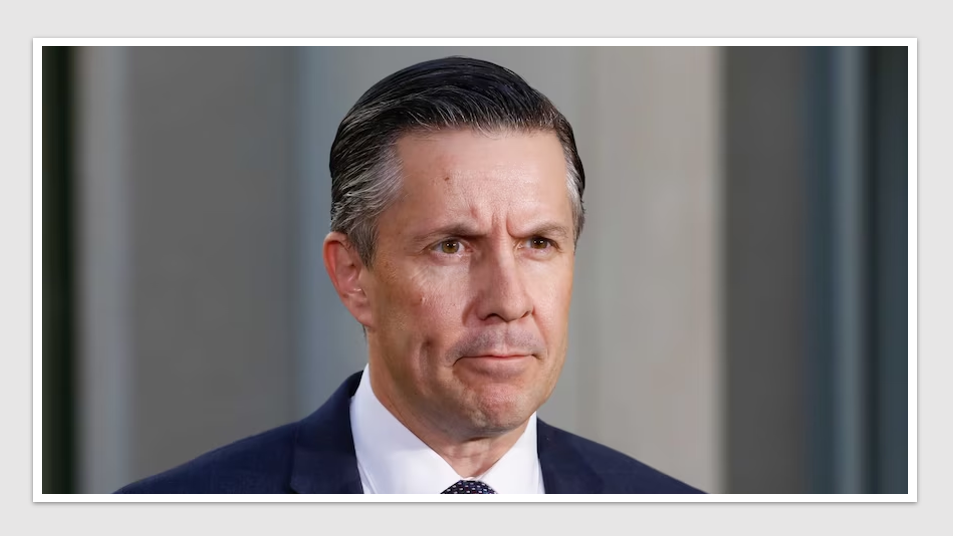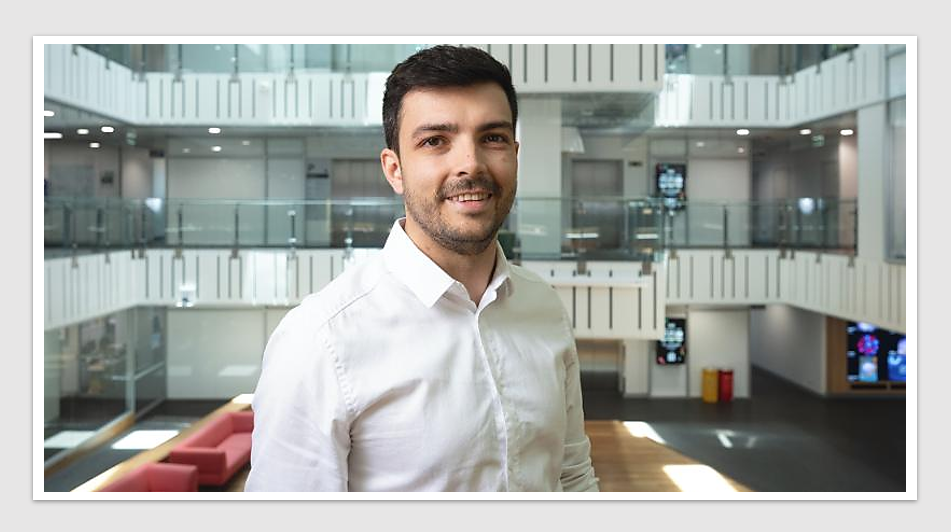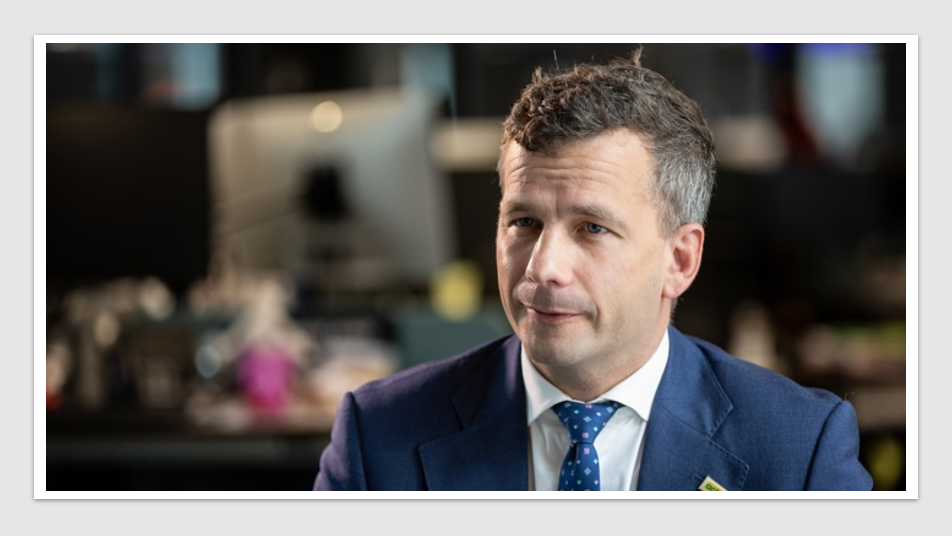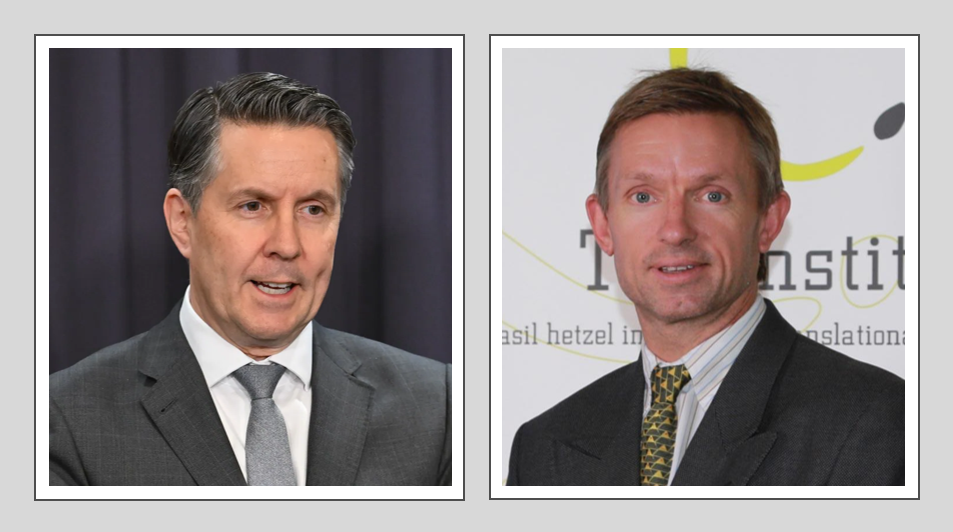News & Trends - MedTech & Diagnostics
Health Minister rejects extra dollars while planned surgery delays double and EDs paint a confronting reality

MedTech & Diagnostics News: Australia’s public hospitals are facing the longest wait times for planned (elective) surgeries on record, while emergency departments continue to face significant challenges with access block. These alarming findings were revealed in the Australian Medical Association’s (AMA) annual Public Hospital Report Card released on Friday, coinciding with the meeting of federal, state, and territory health ministers in Brisbane.
The meeting was convened to address pressing issues in health funding, against the backdrop of the Albanese Government’s announcement of an additional $13.2 billion for the National Hospital Funding Agreement (NHRA) from 2025 to 2030.
In a bid to tackle the mounting backlog in planned surgeries, Professor Steve Robson, President of the AMA, implored health ministers to endorse a $4.12 billion plan, jointly funded by the commonwealth and the states/territories, aimed at alleviating the immediate strain on surgical services while a new NHRA is negotiated.
Professor Robson emphasised the urgency of the situation, stating, “Last year we welcomed the federal government’s announcement of a significant public funding boost to the hospital funding agreement and the decision to replace the 6.5% funding growth cap with a more generous approach.
“But the new NHRA agreement will still need more investment and agreement by all health Ministers. It also doesn’t come into effect until 2025. Urgent action is needed now. Australians are now waiting almost twice as long on average for planned surgery than they were 20 years ago, which is unacceptable.”
Federal Health Minister Mark Butler acknowledged the pressure on hospital systems, but challenged the notion that additional funding would improve the current state of affairs.
“There is nothing new in that report card that doesn’t add to what I and my colleagues have been saying – hospital systems across Australia, indeed across the world, are under enormous pressure.
“But it’s not just extra dollars that you’ll see in this new [NHRA] agreement. It can’t just be business as usual. And when we are talking about ways in which we can reform the delivery of services, see more services, as far as possible, delivered outside the four walls of our major hospitals,” Minister Butler said.
AMA Emergency Medicine Representative, Dr Sarah Whitelaw, painted a confronting picture of the frontline realities, with patients enduring prolonged waits and suboptimal care due to overstretched resources.
“What does this mean for us on the ground? What does this mean for our patients? We are resuscitating people in corridors. We are breaking traumatic, incredibly stressful news to people who have no privacy, who are often in corridors surrounded by lots of people that aren’t their family and loved ones. We are seeing patients die in emergency departments when we know they should be in a much better environment, surrounded by their family and friends.”
The national average of ED patients being seen on time is at the lowest level in the past 10 years across all categories except resuscitation. The proportion of people in all triage categories who completed their emergency presentation in four hours or less was at just 56%, representing a fall of 5% since last year. This is the lowest number since 2011 and a fall of 14% since pre-pandemic levels.
AMA Vice President Dr Danielle McMullen, emphasised “The percentage of our patients in Australia in emergency departments being seen on time is the longest it’s been in 10 years, with more than three in 10 of our sickest patients, people with heart attacks and strokes not being seen within the 10-minute recommended wait time.”
Dr Whitelaw added “Every day, hospitals play Tetris trying to find every single available bed and every single available staff member to admit patients from the emergency departments and to assess what patients they are going to need to cancel from elective surgical lists. Every day we fail.”
Queensland Minister for Health, Shannon Fentiman, said “We’ve seen a 65% increase in those most urgent cases presenting to our emergency departments as category ones and twos. But there has been a disproportionate level of investment into our hospitals by the Queensland Government and the former federal government.”
The report card also underscored the concerning decline in timely access to category two planned surgeries, which include heart valve replacements, congenital cardiac defects, curettage nerve decompression and surgery of fractures that do not heal on time.
State health ministers offered mixed responses, with NSW Minister for Health, Ryan Park, saying “When we took over, there were around 14,000 people waiting longer than clinically recommended for their surgery. We established from day one, the surgical care taskforce, and now we are down to 2000. That is a massive improvement in the space of a 12-month period.”
South Australian Minister for Health, Chris Picton, stated “While the state governments are putting in more and more money, we obviously want a fair deal from the Commonwealth Government as well.”
Reflecting on the impact on primary care, Dr McMullen, said “As a GP, I see that in my clinic. I’ve got patients waiting for hip surgery, knee surgery, back surgery and plenty of other conditions where they’re waiting in pain and we’re having to manage those symptoms in general practice when really the treatment they need is a planned surgical admission.”
The private healthcare sector is pushing for a seat at the table, asserting their ability to substantially ease the strain on the public system.
“The public sector could be outsourcing to the day hospital sector which is very cost effective and very efficient,” said Day Hospitals Australia CEO Jane Griffiths. “They could get a lot of the work that’s sitting on the public hospital surgical waiting list done in a very short space of time.”
Matthew Koce, CEO of Members Health Fund Alliance, stated “To address long public waits, the new NHRA funding agreement should embrace adoption of the new and innovative models of care that are proving so successful in the Australian private health system and overseas. That includes the shift to more day surgery facilities and out-of-hospital care.”
 In reimagining healthcare across the entire patient journey, Health Industry HubTM is the only one-stop-hub bringing the diversity of Pharma, MedTech, Diagnostics & Biotech sectors together to inspire meaningful change.
In reimagining healthcare across the entire patient journey, Health Industry HubTM is the only one-stop-hub bringing the diversity of Pharma, MedTech, Diagnostics & Biotech sectors together to inspire meaningful change.
The content on Health Industry Hub is copyright protected and should only be accessed under individual user licenses. To subscribe, please click here and visit T&Cs here.
News & Trends - MedTech & Diagnostics

Stryker partners with local researchers to advance shoulder joint surgery
MedTech & Diagnostics News: Joint replacement is a commonly performed major surgical procedure that has considerable success in alleviating pain […]
MoreNews & Trends - Pharmaceuticals

Over two-thirds of Aussies missing healthcare appointments
Pharma News: Over 70% of Australians have postponed or cancelled healthcare appointments in the last 12 months. The primary reason […]
MoreNews & Trends - Pharmaceuticals

Opposition decries incremental change as New Zealand government defends Pharmac budget
Pharma News: New Zealand’s Associate Health Minister has made headlines by unveiling Pharmac’s largest ever budget of $6.294 billion over […]
MoreMedical

Telehealth’s 10-year leap in 10 days: Reshaping hospital EDs
Medical: As overcrowding and ramping continue to challenge emergency departments across Australia, the concept of virtual emergency departments (EDs) emerges […]
More